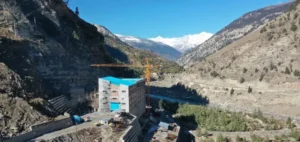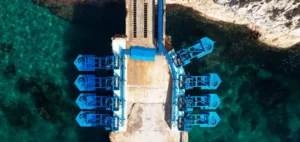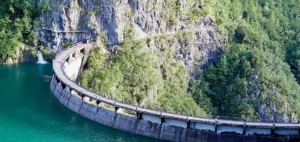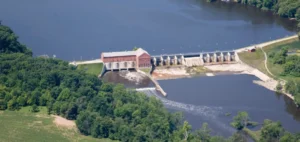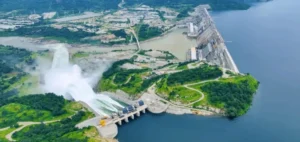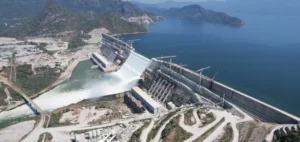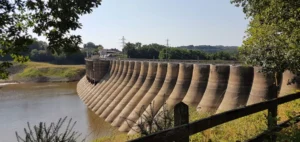The construction of the 87.8 MW Kakono hydropower plant in Tanzania, located on the Kagera River in the Kagera region, is being financed by a consortium of development partners. This project will increase renewable energy generation capacity and reduce hydrological risks with a new dam located in a watershed less affected by droughts.
A project to serve 4 million people
Agreements signed between the Tanzanian government, the African Development Bank and the French Development Agency for two development loans worth $300 million will finance the construction of the plant. The project will be implemented by Tanzania’s Electric Supply Company (TANESCO) and will also include the construction of associated infrastructure such as the upgrading of the existing Kyaka substation and a new 39 km 220 kV transmission line.
The project will serve approximately 4 million people, small and medium-sized businesses and mining companies, increasing service coverage by about 7% of the population. It is expected to have a major impact on the economic development of this growing region, which is at the heart of the Great Lakes region. In addition, the project will reduce greenhouse gas emissions by 216,065 metric tons per year and will meet the best international environmental and social standards.
Project strengthens Tanzania’s role in the region
The Kakono hydropower plant is co-financed by a $161.47 million soft loan from the African Development Bank, a €110 million ($120.1 million) soft loan from AFD and a €36 million ($39.3 million) grant from the EU. The project is also expected to strengthen Tanzania’s position within the East African Community, promoting industrialization and economic growth in the country and in neighboring countries.
“The construction of the new plant will help improve TANESCO’s financial viability through the decommissioning of diesel power plants in the Kagera region,” said the African Development Bank’s Country Director for Tanzania, Patricia Laverley. “The economic benefits of providing affordable electricity will be immense. We can expect a significant improvement in the quality of life for the people of the Kagera region and Tanzania as a whole. These significant gains will help build a more competitive economy in Tanzania.















